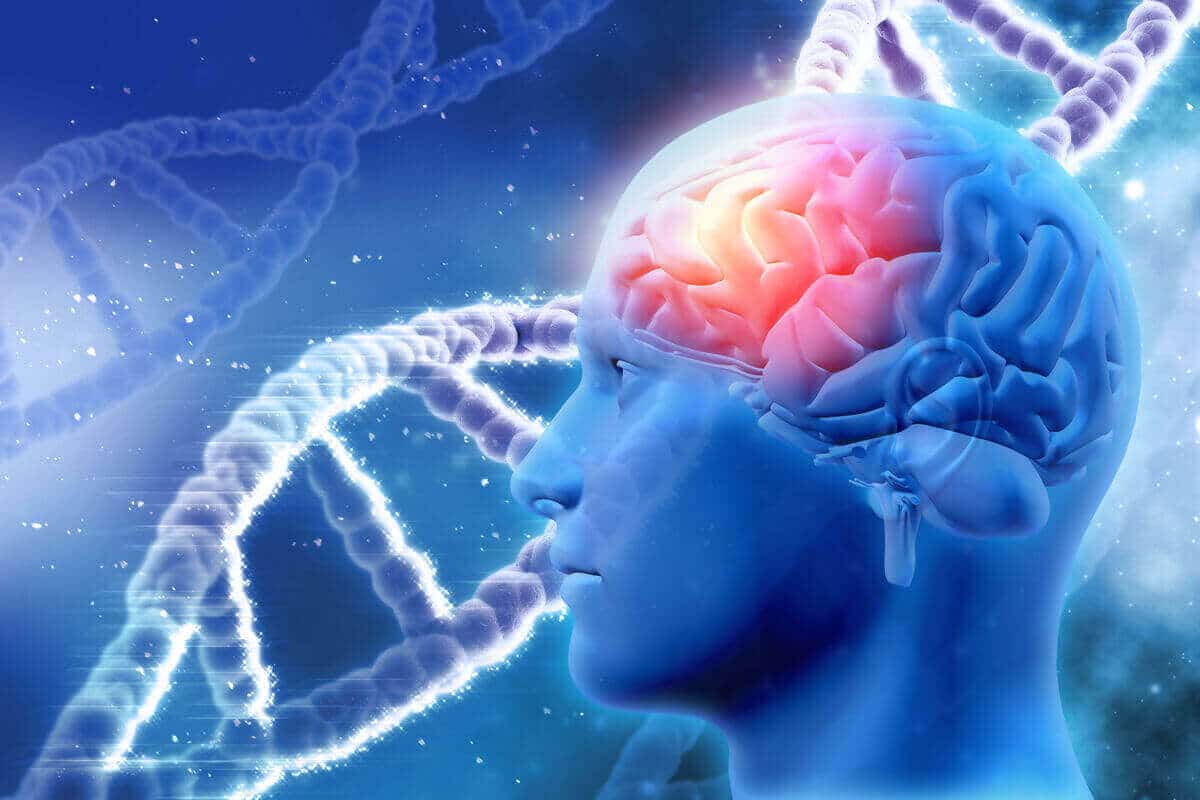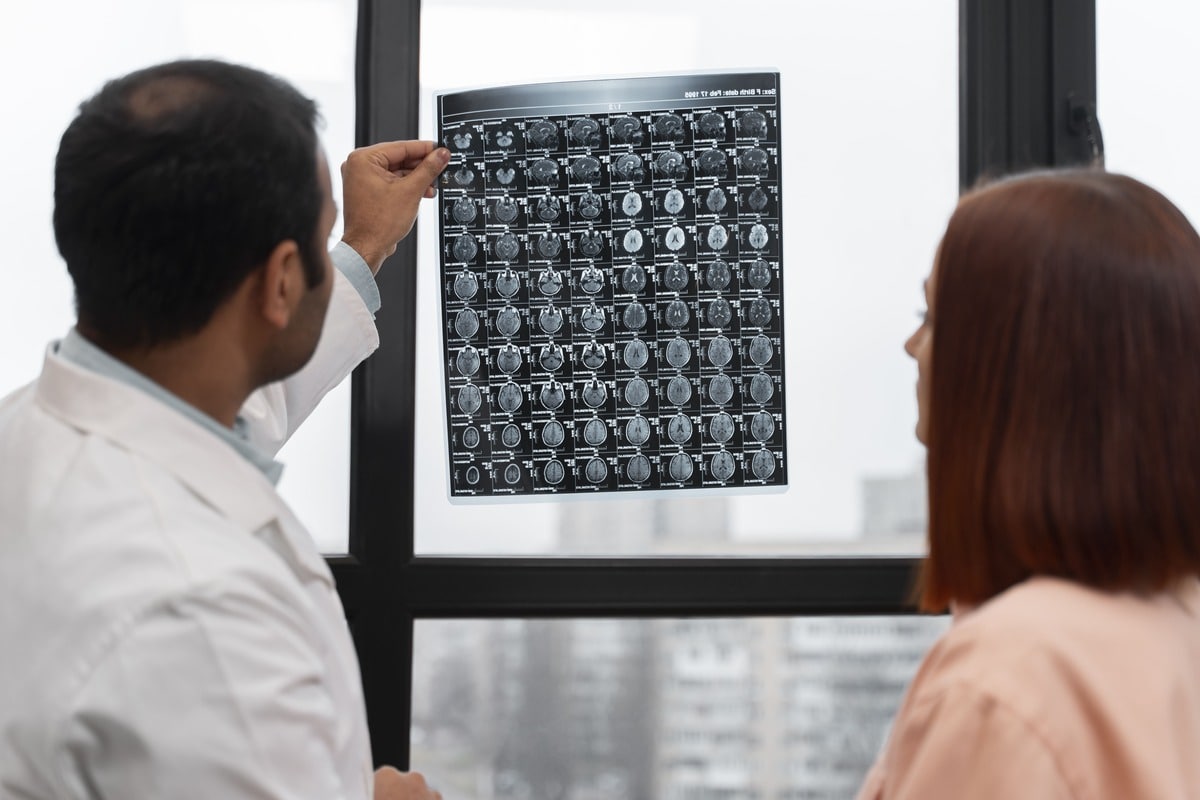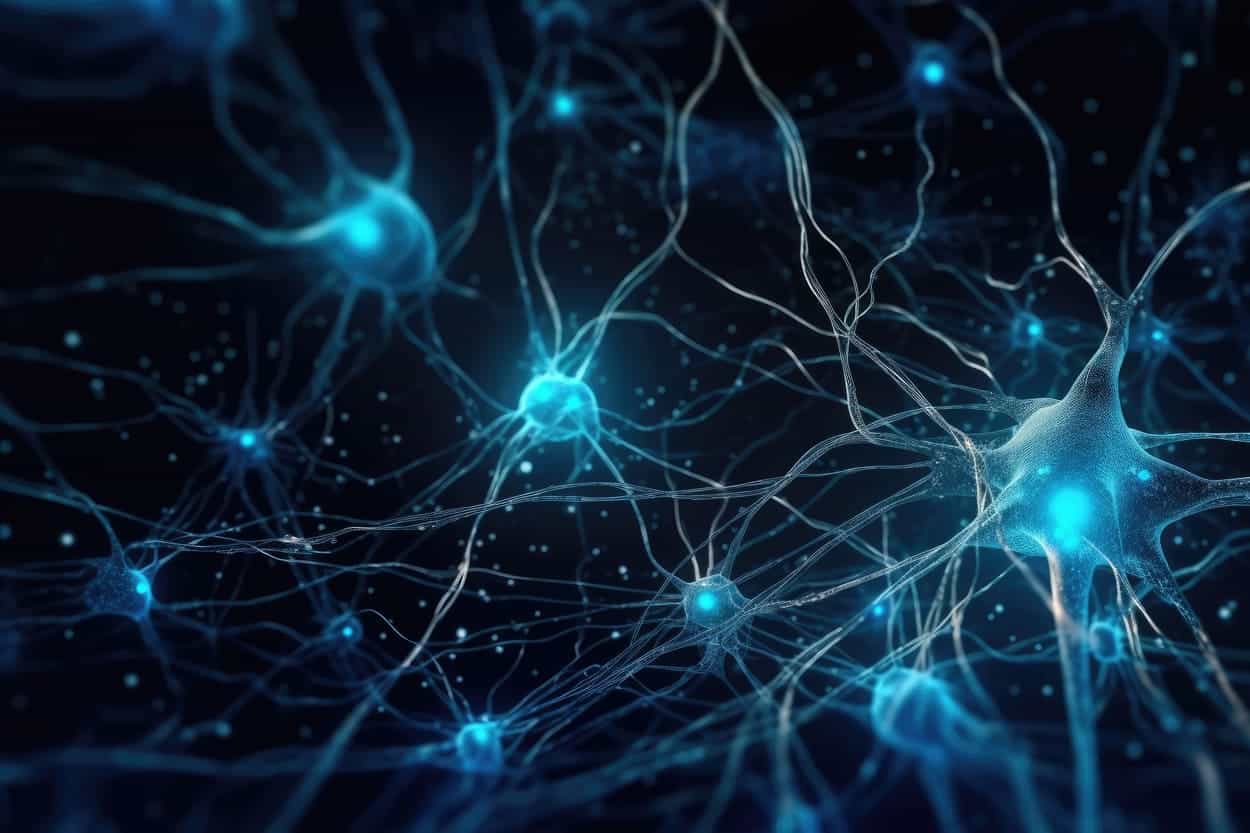Stroke is a cerebrovascular disease that occurs when a blood vessel supplying blood to the brain bursts or is clogged by a blood clot or some other particle. If the blood supply which carries oxygen to the brain is stopped, the brain cells cannot function and die. This is the brain’s equivalent of a heart attack.
This is also called a cerebrovascular accident (CVA), embolism, or thrombosis.
Types of strokes
There are two types:
- Hemorrhagic stroke or cerebral hemorrhage: a rupturing of a blood vessel, causing bleeding into the surrounding brain.
- Ischemic stroke: a restriction or interruption of blood supply to brain tissues.
What causes a stroke?
Are strokes preventable? The answer is clear and conclusive: yes.
Unmodifiable risk factors for CVA include age, gender, race/ethnicity, family history, and having had a prior CVA:
- Age: The risk of having a CVA increases with age, doubling every ten years after 55.
- Gender: Men and women have about the same number of embolism, but more than half of the deaths due to CVA occur in women.
- Race/Ethnicity: Black people have a higher risk of death and disability than white people due to a higher prevalence of hypertension among this group.
- Family history: Having a close relative with a history of CVA increases CVA risk.
- Prior stroke: CVA victims are at a higher risk of having another one.
However, there are other risk factors that can be controlled:
- Tobacco use
- Excessive alcohol intake
- Illegal drug use
- Hypertension
- High blood cholesterol
- Diabetes
- Obesity
- Sedentary lifestyle,
- Salt and fat rich diet
- Heart conditions such as atrial fibrillation
The goal is to correct these risks factors to prevent a CVA.
Stroke prevention
According to the American Stroke Association more than 80% of strokes are preventable. Some preventions strategies recommended involve healthy habits such as:
- Following a nutrient-rich healthy diet
- Exercising regularly
- Quitting tobacco use
- Drinking alcohol in moderation
- Controlling high blood pressure regularly
Stroke symptoms: the importance of early detection of CVA
What are the signs of a stroke?
If left untreated, a CVA can lead to irreversible damage and possibly even death. Learning the warning signs of a stroke is essential to minimizing the consequences.
Symptoms of a CVA:
Sudden:
- Weakness or numbness of the face, arm, and/or leg on one side of the body
- Loss of vision or double vision
- Confusion, difficulty speaking or trouble understanding speech
- Severe headache with no known cause
- Dizziness, loss of balance or loss of coordination
Treatment for stroke
What should you do if someone (or even yourself) is having a CVA? It is critical to get to the hospital as quickly as possible to receive emergency neurological care since some treatments must be started within the first few hours from the onset of the symptoms. The sooner the patient gets treatment, the better the chances of his/her survival and recovery.
While treatment for stroke depends on whether it is ischemic or hemorrhagic, regardless, it should begin as soon as possible. In some cases, surgery may be necessary to remove the blood clot from an artery.
Stroke recovery
Finally, depending on the sequelae of CVA, patients will undergo rehabilitation involving physical therapy to regain mobility in the areas that are affected as a result of paralysis; however, it is also necessary to bear in mind that the recovery process following a CVA goes well beyond physical rehabilitation. Stroke survivors should as well start cognitive rehabilitation therapy to help them recoveras much function as possible.
NeuronUP from the point of view of patients with brain injury
Patients of the State Reference Center for Brain Injury Care give us their opinion on NeuronUP. “Seems to be made for me” (comment made by a former user from CEADAC who attended the NeuronUP presentation). This past Friday, we had the pleasure of presenting our platform at the Spanish National Reference Center for Brain Injury…
Continue Reading NeuronUP from the point of view of patients with brain injury
The importance of neurological physiotherapy in stroke patients
Physiotherapist Alejandro Caraballo from NeuroFisio Sevilla explores in this article how physiotherapy can make a difference in the rehabilitation of stroke survivors and what to consider when choosing a physiotherapist. A stroke can change life in an instant, affecting basic functions like walking or speaking. Neurological physiotherapy is an essential tool for recovery, helping patients…
Continue Reading The importance of neurological physiotherapy in stroke patients
Traumatic brain injury and its neuropsychological rehabilitation in executive functions
The neuropsychology specialist María Teresa explains in this article what is traumatic brain injury and its neuropsychological rehabilitation in executive functions. What are Traumatic Brain Injuries (TBI)? It is defined as an alteration in brain functioning caused by an external force (Menon, Schwab, Wright, and Maas, 2010). Traumatic brain injuries (TBI) are a critical public…
Cerebrovascular accident or CVA: types and possible sequelae
CVA has become a true pandemic. Figures suggest that it is one of the leading causes of death worldwide and the major cause of disability in the adult population. This article aims to provide information about what a stroke is, what types of stroke exist and what the possible sequelae are. What is a cerebrovascular…
Continue Reading Cerebrovascular accident or CVA: types and possible sequelae
Surviving neurons. The importance of early neurorehabilitation in cerebrovascular accident cases
The neuropsychologist Ana Isabel Moneo Troncoso, alluding to incomplete infarction and the capacity offered by Cognitive Stimulation (CS) to promote neuronal plasticity, explains the importance of early neurorehabilitation in cases of cerebrovascular accident (CVA) for greater recovery. What is a cerebrovascular accident? A CVA, stroke or apoplexy, refers to the acute neurological injury that occurs…
Psychiatric disorders in acquired brain injury
One out of every two people presents cognitive deficit, affective disorder or behavioral change after a stroke, the main cause of acquired brain injury in Spain. Psychiatric disorders following an acquired brain injury condition the social integration of the affected person. In patients with severe head injury, behavioral alterations stand out as psychiatric sequelae. Psychopharmacology…
Continue Reading Psychiatric disorders in acquired brain injury







 The advantages of working with NeuronUP in child and adolescent populations
The advantages of working with NeuronUP in child and adolescent populations
Leave a Reply